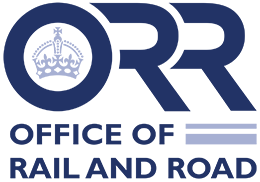Body
Components
Our view of risk management and performance on Britain's railways for the past year, and our future priorities.
Latest report
Annual report of health and safety on Britain’s railways 2024 to 2025
17 July 2025
Body
Covering the period from 1 April 2024 to 31 March 2025
Previous health and safety reports (HTML format) Collapse accordion Open accordion
- Annual report of health and safety on Britain's railways 2023 to 2024
Published 18 July 2024

